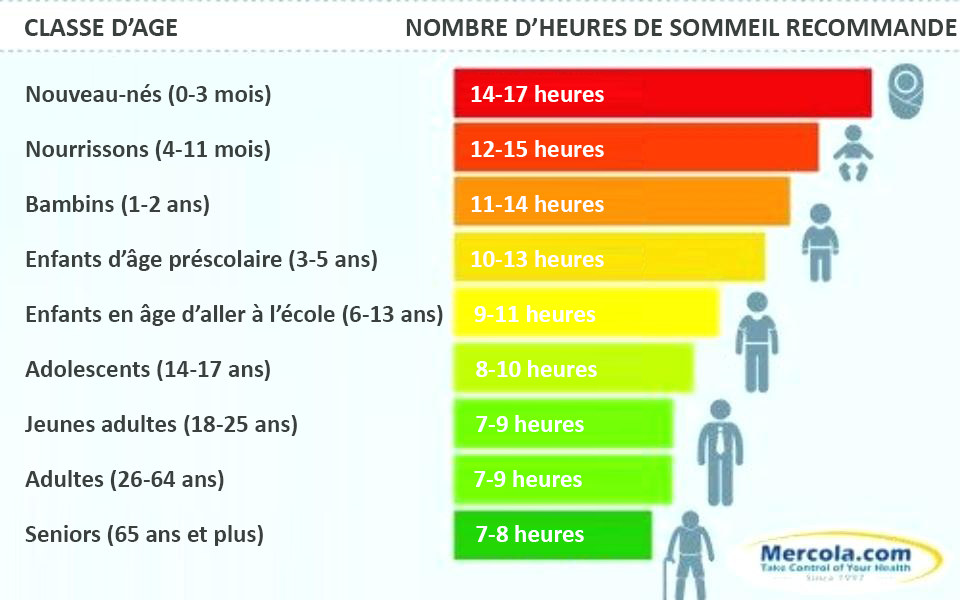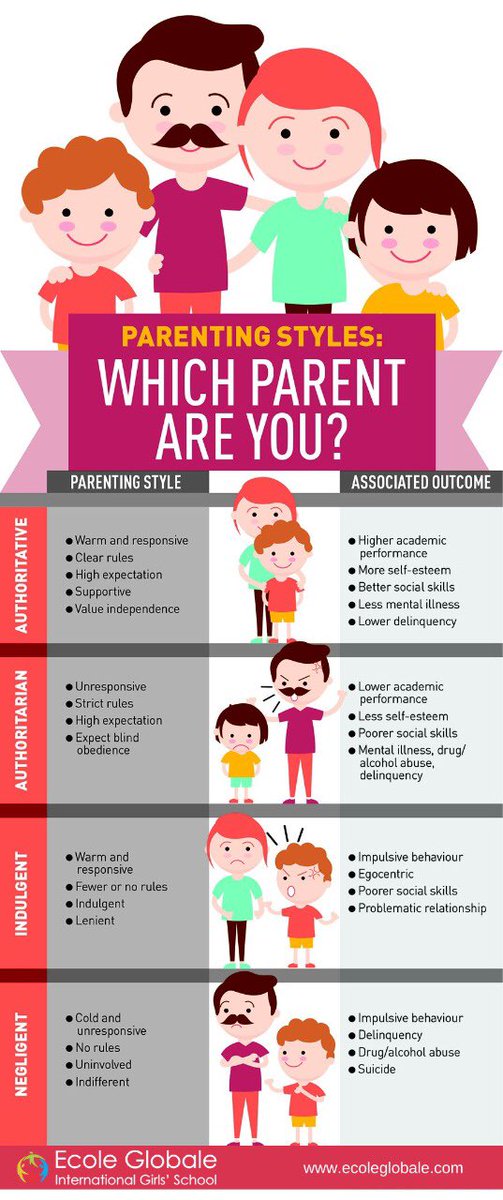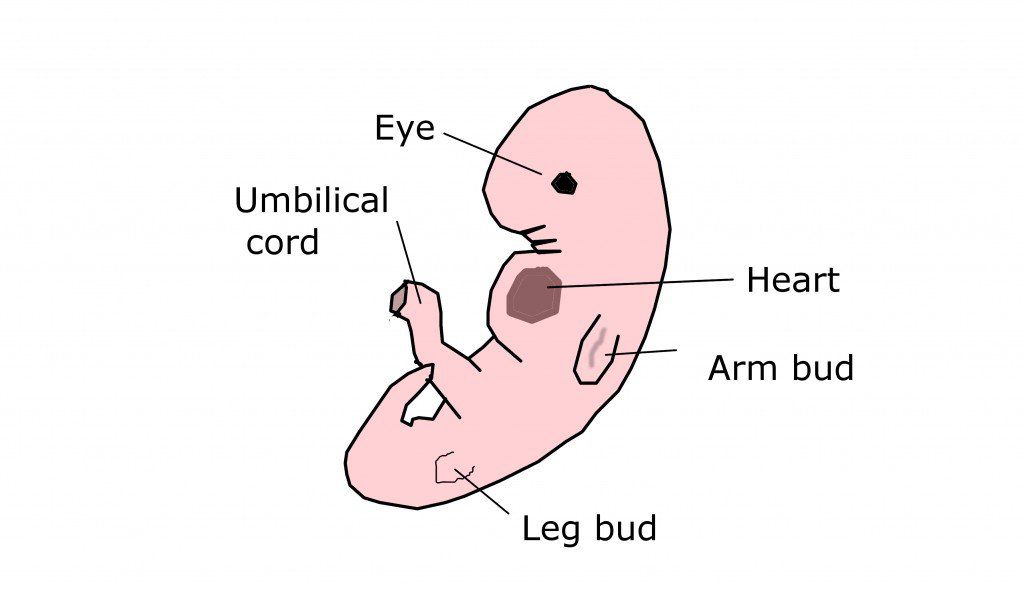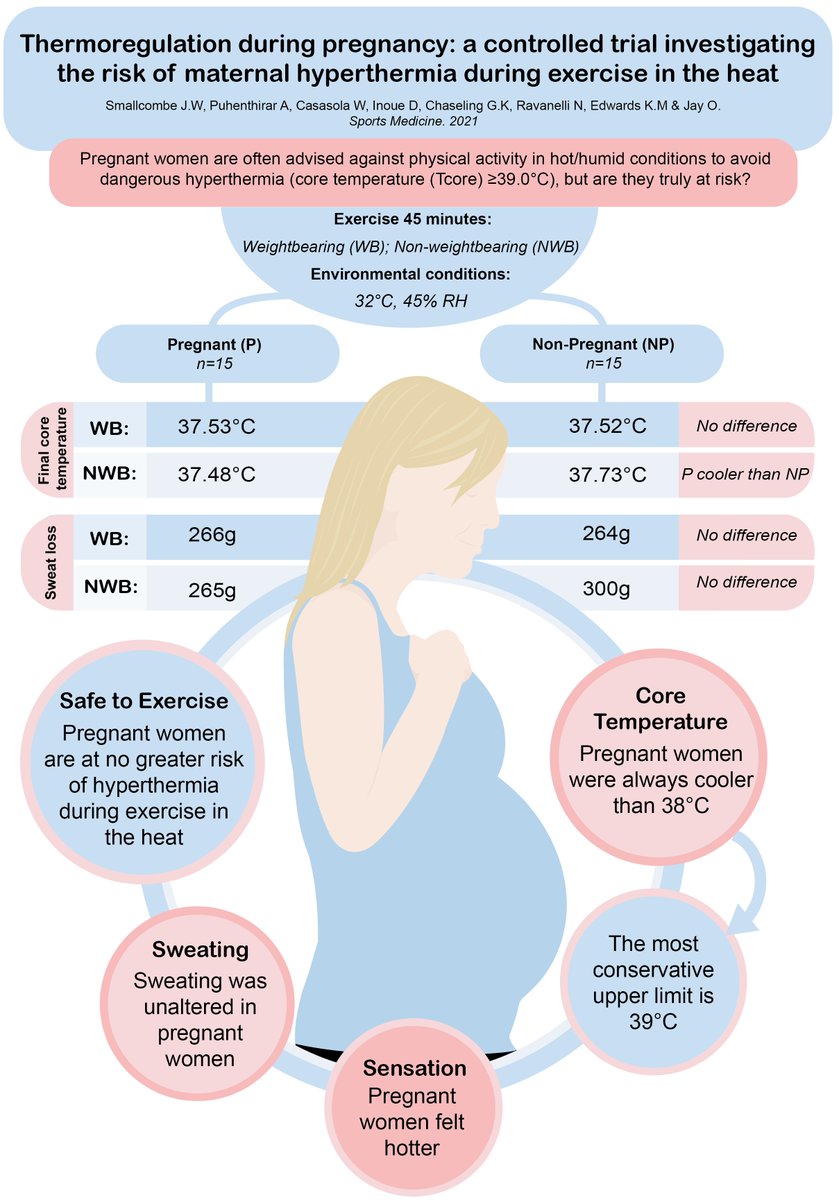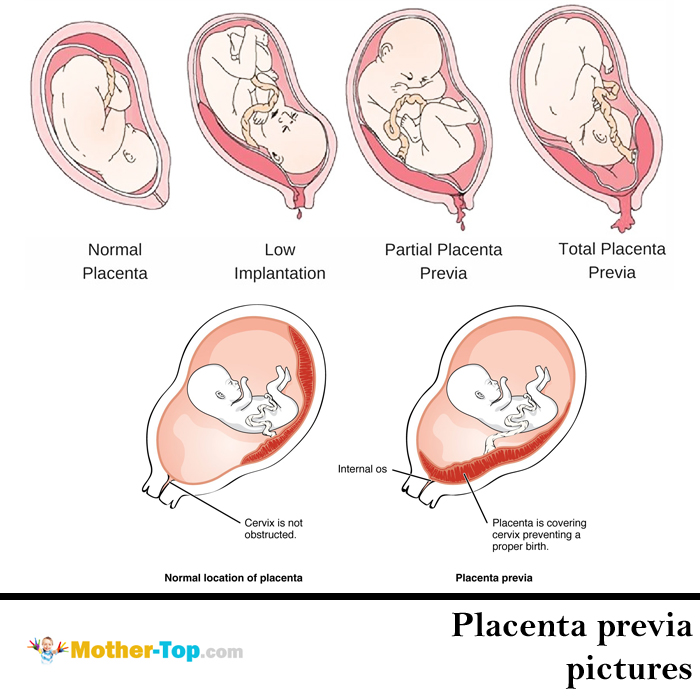How much does it cost for infant child care
This is how much child care costs in 2022
More than half — 59% — of parents say they’re more concerned about child care costs now than in years prior. That’s just one finding of many in the Care.com 2022 Cost of Care Survey that illustrate the uphill battle parents are facing when it comes to affording and accessing quality child care.
The world has changed immeasurably over the last two years due to the pandemic and economic struggles, and families have certainly felt the shift when it comes to the cost of child care. Making matters worse: Nearly 9,000 day cares closed in 37 states between December 2019 to March 2021, according to findings from a new 2022 survey by ChildCare Aware.
“When it comes to child care, there are three critical criteria – cost, quality and availability – and based on our research findings, we’ve not only failed to make progress as a country, we’ve actually gone backwards,” said Natalie Mayslich, President, Consumer, Care.com. “Costs are growing while availability is shrinking and that’s having a profound impact on the workforce and consumer spending. We’ve all seen what happens when parents can’t work; making child care more affordable and accessible has to be a priority for all.”
New data from the ninth annual Care.com 2022 Cost of Care Survey reveals:
- The cost of child care is higher for families in 2022. 51% of parents say they spend more than 20% of their household income on child care, and 72% of parents report spending 10% or more. This is up from 70%, according to Care.com data from pre-pandemic 2019, the most recent year that mirrors parents’ options today.
- Quality child care continues to be tough for parents to find. In fact, 43% of parents say it’s much harder to find child care over the past year.
- Parents continue to struggle to pay for child care. In fact, 59% are more concerned about child care costs now than in years prior, which is driving significant changes, such as taking on a second job (31%), reducing hours at work (26%), changing jobs (25%), and leaving the workforce entirely (21%), to foot the bill.
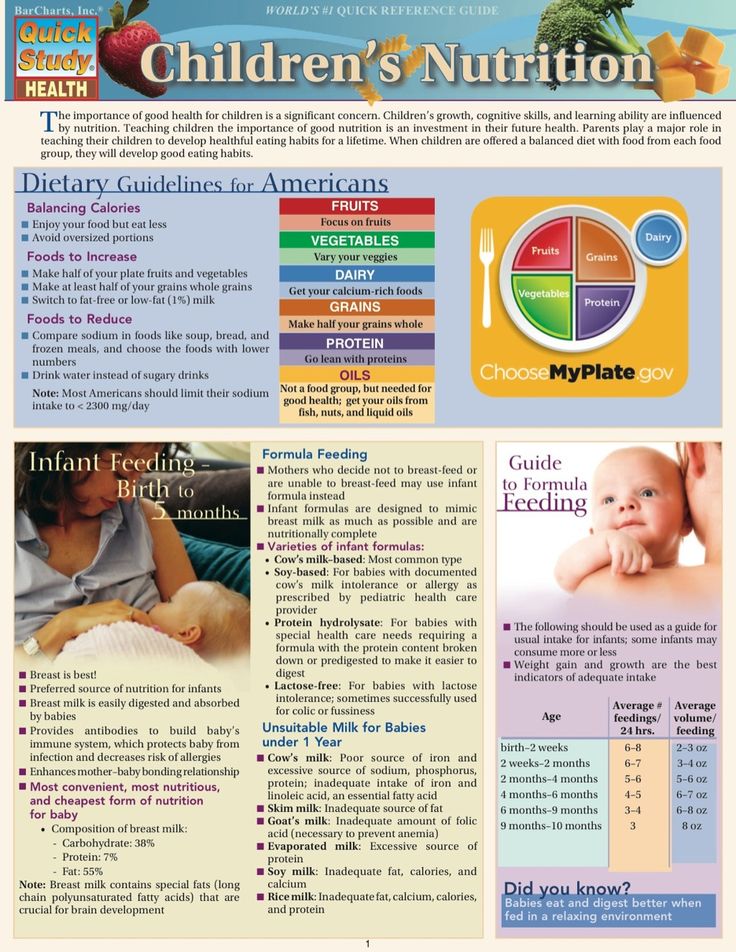
How much does child care cost?
The cost of child care is on the rise
Based on the 2022 Cost of Care Survey, child care is not in the affordable range for most families. Of parents surveyed, 72% say they are spending 10% or more of their household income on child care, with a majority (51%) spending more than 20% or more. Yet according to the U.S. Department of Health and Human Services (HHS), child care is considered affordable when it costs families no more than 7% of their household income.
According to survey data, 63% report that child care is more expensive over the past year. The reasons parents say prices are skyrocketing include:
- Child care centers increased costs (46%).
- Inflation (41%).
- Child care centers taking fewer children (36%).
Interactive: Check out our Cost Calculator to figure out how much child care costs in your area.
The cost of child care can exceed that of a college education
The survey also finds that more than half of families (58%) plan to spend more than $10,000 on child care this year, which is more than the average annual cost of in-state college tuition ($9,349) per EducationData. org.
org.
Every type of child care is pricier than it was pre-pandemic
Overall, the average child care cost for one child in 2021 was $694/week for a nanny (up from $565/week in 2019), $226/week for a child care or day care center (up from $182/week) and $221/week for a family care center (up from $177/week).
Below are the 2021 national averages of weekly child care costs for each type of care, compared to costs in 2019.
National average weekly child care rates
| 2021 | 2019 | 2021 | 2019 | |
| One child | One child | Two children | Two children | |
| Nanny* | $694 | $565 | $715 | $585 |
| Child care center (toddler) | $226 | $215 | $429** | $409** |
| Family care center* | $221 | $201 | $420** | $382** |
| After-school sitter | $261 | $243 | $269 | $246 |
*Rates for infant children.

**Rates for two children calculated by adding the weekly rate for one child and the weekly rate for the second child with a national average sibling discount of 10%.
What’s the impact of rising child care costs on parents?
More than half — 59% — of parents say they’re more concerned about child care costs now than in years prior. The good news is that the majority (68%) budget for child care costs and nearly two-thirds (65%) say they will stay within or under budget.
Parents are cutting back on essentials
In turn, parents are making sacrifices to afford care and cutting back on budgets for:
- Vacations and travel (51%).
- Leisure activities (51%).
- Food, dining (45%).
- Clothing (41%).
- Extracurriculars (37%).
They’re also overhauling their work — and personal — lives
Many also plan to make the following work changes to adhere to rising care costs:
- 31% are considering taking on a second job.

- 26% are reducing hours at work.
- 25% are changing jobs.
- 21% leaving the workforce entirely.
Survey respondents are also adjusting their family plans to stay on track financially. 35% say they’re less likely to have more children with 43% listing the rising cost of child care as a major reason why.
How accessible is quality child care?
Parents say it’s harder to find child care providers than it was last year
Almost half of parents surveyed — 43% — say it’s much harder to find child care providers over the past year. According to our survey:
- 40% are having trouble finding a nanny.
- 39% are struggling to get care through a family care center.
- 37% find it challenging to book a babysitter.
- 36% are facing an uphill battle with finding a quality day care.
Child care providers are pricier to come by in some areas
Depending on where families live, the cost of hiring a nanny or paying for a day care can well exceed the national average. For example, in the District of Columbia, the cost of a nanny ($855 a week) is 23% above the national average, and the cost of day care ($419 a week) is 85% above the national average.
For example, in the District of Columbia, the cost of a nanny ($855 a week) is 23% above the national average, and the cost of day care ($419 a week) is 85% above the national average.
These are the priciest places to live if you’re hiring a nanny or sending kids to day care:
| State | Weekly Rate | $ Above National Avg | % Above National Avg |
| 1. District of Columbia | $855 | $161 | 23% |
| 2. Washington | $840 | $146 | 21% |
| 3. Massachusetts | $834 | $140 | 20% |
| 4. California | $829 | $135 | 19% |
| 5. Colorado | $763 | $69 | 10% |
| 6. Oregon | $741 | $47 | 7% |
| 7. New York | $736 | $42 | 6% |
| 8. Connecticut | $734 | $40 | 6% |
9.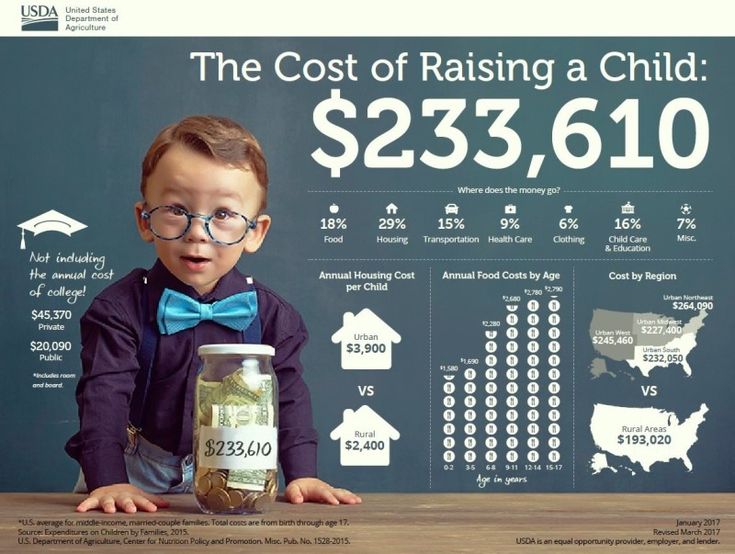 New Jersey New Jersey | $715 | $21 | 3% |
| 10. Vermont | $706 | $12 | 2% |
| State | Weekly Rate | $ Above National Avg | % Above National Avg |
| 1. District of Columbia | $419 | $193 | 85% |
| 2. Massachusetts | $324 | $98 | 44% |
| 3. Washington | $304 | $78 | 34% |
| 4. California | $286 | $60 | 26% |
| 5. Connecticut | $258 | $33 | 14% |
| 6. New York | $258 | $32 | 14% |
| 7. Arkansas | $255 | $29 | 13% |
| 8. Maryland | $254 | $28 | 12% |
| 9. Colorado | $254 | $28 | 12% |
| 10. Oregon | $249 | $23 | 10% |
How can you save money on child care?
As the cost of child care continues to rise, consider these steps to make the expense more affordable.
Find the best care for your budget
Once you’re clear on what you can afford, you can steer toward the child care option that’s the best fit for your family. The first step: Research current rates in your area. Care.com has free interactive tools you can use to identify the average costs of full-time child care, nanny and babysitter rates and nanny taxes in your region.
Discuss care benefits with your employer
Whether you’re hoping to find backup child or adult care or utilize paid family leave, it can pay to investigate whether or not your employer offers family care benefits. And if they don’t, ask for them.
It’s quite possible that they’ll be open to the idea now more than ever. Due to the pandemic, 57% of employers are prioritizing child care benefits more this year, and 63% said they plan to increase their company’s already existing child care benefits, according to Care.com’s 2021 Future of Benefits Report.
Set aside pre-tax dollars to pay for care
Talk to your workplace Human Resources department to see if a Dependent Care Account (a type of flexible spending account, or FSA) is available to you and how you can get started.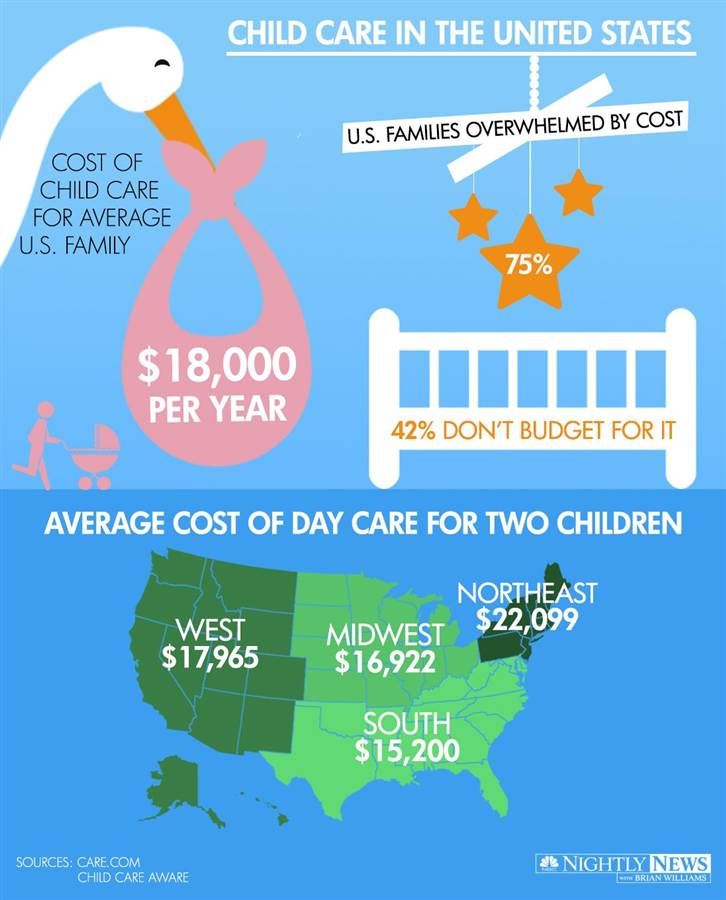 With this account, you can put aside up to $5,000 in pre-tax dollars in your Dependent Care Account to pay for dependent care expenses. (Generally, only one spouse can enroll.)
With this account, you can put aside up to $5,000 in pre-tax dollars in your Dependent Care Account to pay for dependent care expenses. (Generally, only one spouse can enroll.)
The savings you will ultimately see varies depending on what your marginal tax rate is. A good approximation is around $2,000 in tax savings, assuming the family uses the full $5,000.
Make the most of tax breaks and credits
By paying your caregiver on the books, you can take advantage of tax breaks and credits. For example, by itemizing care-related expenses on your federal income return, you could receive a Child and Dependent Care Tax Credit on up to $600 of care-related expenses if you have one child, or $1,200 of care-related expenses if you have two or more children.
This year’s Cost of Care survey concluded that just over 1/3 of parents (34%) did not claim the expanded child care tax credit on their 2021 taxes, and 43% say that’s because they were unaware of it.
In addition, parents can save $2,000 per child using the Child Tax Credit.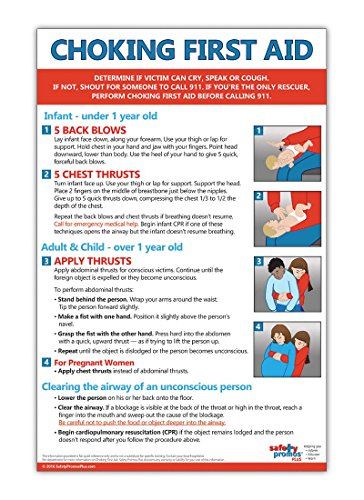
Research child care subsidies and programs
Depending on your income, employee benefits and other factors, your family might qualify for a variety of cost-cutting child care subsidies. We’ve rounded up various programs, resources and other options that could reduce how much you’re paying for quality care.
__________________________
2022 Cost of Care Survey methodology
This scientific sample of 3,003 US adults (18 years or older) who are all parents paying for professional child care was surveyed between March 24, 2022, and March 30, 2022. All respondents are parents of children 14 years or younger and currently pay for professional child care, confirmed by both consumer-matched data and self-confirmation. DKC Analytics conducted and analyzed this survey with a sample procured using the Pollfish survey delivery platform, which delivers online surveys globally through mobile apps and the mobile web along with the desktop web. No post-stratification has been applied to the results.
- The Care.com Cost of Child Care Survey: 2021 Report
- The Care.com Cost of Child Care and COVID-19 Child Care Surveys: 2020 Report
- The Care.com Cost of Child Care Survey: 2019 Report
- The Care.com Cost of Child Care Survey: 2018 Report
- The Care.com Cost of Child Care Survey: 2017 Report
- The Care.com Cost of Child Care Survey: 2016 Report
- The Care.com Cost of Child Care Survey: 2015 Report
- The Care.com Cost of Child Care Survey: 2014 Report
Annual Cost of Child Care, by Age Group and Facility Type
- Home
- >
- Data by Topic
- >
- Early Care and Education
- >
- Annual Cost of Child Care, by Age Group and Facility Type
(change indicator)
See Definition, Source & Notes
Download & Other Tools
-
Download data to a formatted Excel file: Data you are currently viewing All data for this indicatorDownload
-
PDF: Get a print-friendly, two-page overview of this topic for California. Topic PDF
Include your graphic or table in the PDF
Topic PDF
Include your graphic or table in the PDF
Build PDF
Year(s): (edit)
Loading...
Data Type: (edit)
Loading...
Loading... (edit)
Loading...
Years 20182016201420122009
Type of Facility Child Care CenterFamily Child Care Home
Age Group InfantPreschooler
Loading…
Definition, Source & Notes (Return to top)
- Definition: Estimated annual cost of full-time licensed child care, by age group and type of facility (e.
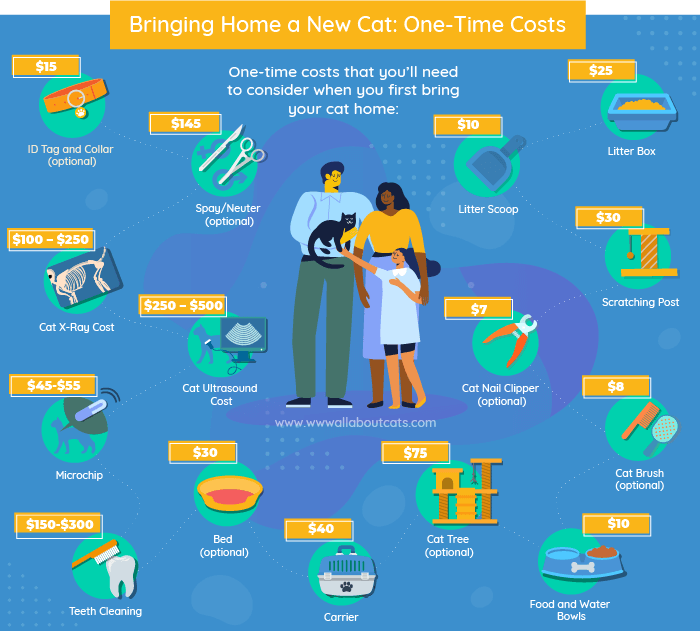 g., in 2018, full-time licensed child care for an infant in a child care center cost $17,384 annually in California).
g., in 2018, full-time licensed child care for an infant in a child care center cost $17,384 annually in California). - Data Source: California Child Care Resource and Referral Network, California Child Care Portfolio (Feb. 2020).
- Footnote: These estimates are based on data from the California Dept. of Education's Regional Market Rate Survey of California Child Care Providers. Infants are children ages 0-2; preschoolers are children ages 3-5. Full-time care is 30 hours or more per week. Child care centers are facilities that provide care for infants, preschoolers, and/or school-age children during all or part of the day. These facilities may be large or small and can be operated independently by nonprofit organizations or by churches, school districts, or other organizations. Most child care centers are licensed by the California Dept. of Social Services (CDSS). In family child care homes, care for up to 14 children is offered in the home of the provider, often a parent; care is typically provided for children of a variety of ages.
 Family child care homes also are licensed by CDSS.
Family child care homes also are licensed by CDSS.
Learn More About Early Care and Education
- Measures of Early Care and Education on Kidsdata.org
-
On kidsdata.org, indicators of early childhood care and education include:
- The percentage of children ages 0-5 whose parents read with them, by weekly frequency
- Single-year estimates of the percentage of children ages 3-5 enrolled in preschool or kindergarten, by county and county group, and, for the U.S. and California, by age and by race/ethnicity; also available are five-year estimates for cities, school districts, and counties with 10,000+ residents and legislative districts
Kidsdata.org also provides the following measures of licensed child care in California:*
- The annual cost of child care for infants and preschoolers in child care centers and family child care homes
- The percentage of children in working families for whom child care spaces are available
- The number of child care spaces in licensed facilities and the percentage of full-time and part-time spaces available
- The number of licensed child care facilities and the percentage of facilities offering evening, weekend or overnight care
- The percentage of child care requests by age group and the percentage of requests for evening, weekend or overnight care
*The California Child Care Resource and Referral Network tracks licensed facilities (child care centers and family child care homes) providing care for infants, toddlers, preschoolers, and/or school-age children during all or part of the day.
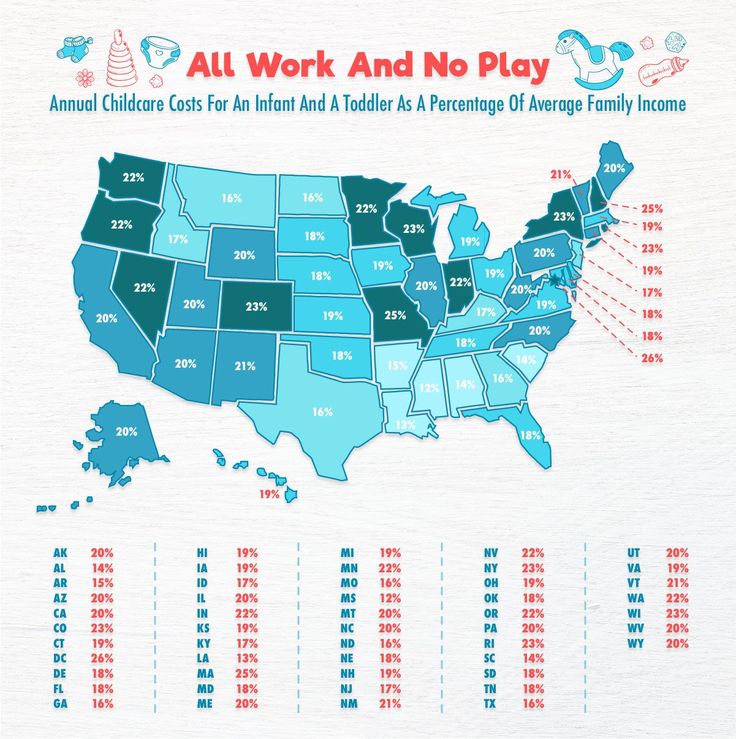 Data are available only for licensed facilities. Many families use license-exempt care, such as child care provided by relatives or friends.
Data are available only for licensed facilities. Many families use license-exempt care, such as child care provided by relatives or friends.
-
- Early Care and Education
-
- Young Children Whose Parents Read with Them, by Frequency
- Children Ages 3-5 Enrolled in Preschool or Kindergarten
- by Age (California & U.S. Only)
- by Race/Ethnicity (California & U.S. Only)
- Children Ages 3-5 Enrolled in Preschool or Kindergarten (Regions of 10,000 Residents or More)
- by Legislative District
- Annual Cost of Child Care, by Age Group and Facility Type
- Availability of Child Care for Working Families
- Child Care Spaces in Licensed Facilities, by Facility Type
- by Facility's Schedule
- Licensed Child Care Facilities, by Type
- Licensed Child Care Facilities Offering Evening, Weekend or Overnight Care, by Facility Type
- Requests for Child Care, by Age Group
- Requests for Evening, Weekend or Overnight Child Care
- Family Income and Poverty
-
- Median Family Income, by Family Type
- by City, School District and County (Regions of 10,000 Residents or More)
- by Legislative District
- Children Living in Low-Income Working Families
- by City, School District and County (Regions of 10,000 Residents or More)
- by Legislative District
- Poverty Thresholds - California Poverty Measure, by Family Composition and Housing Tenure
- by Legislative District
- Self-Sufficiency Standard, by Family Composition
- Median Family Income, by Family Type
- Unemployment
-
- Children without Secure Parental Employment
- by City, School District and County (Regions of 10,000 Residents or More)
- by Legislative District
- Children without Secure Parental Employment
- Why This Topic Is Important
-
Experiences during early childhood lay the foundation for future health and well being, and the quality of children's early care and education (ECE) can have significant, lasting effects (1, 2).
 High-quality ECE programs deliver consistent, developmentally sound, and emotionally supportive care and education (1, 3). This type of care before age 5 is associated with improved cognitive, social-emotional, behavioral, and physical health, as well as increased school readiness, academic achievement, and earnings in adulthood (1, 2). Positive outcomes are particularly pronounced for children from low-income families, children of color, and those at risk for academic challenges, such as children in immigrant families and those with a first language other than English (1, 3, 4). A critically important ECE need for many families is child care; reliable child care can help families move out of poverty and achieve financial stability by enabling parents to work or pursue education and job training (2, 3).
High-quality ECE programs deliver consistent, developmentally sound, and emotionally supportive care and education (1, 3). This type of care before age 5 is associated with improved cognitive, social-emotional, behavioral, and physical health, as well as increased school readiness, academic achievement, and earnings in adulthood (1, 2). Positive outcomes are particularly pronounced for children from low-income families, children of color, and those at risk for academic challenges, such as children in immigrant families and those with a first language other than English (1, 3, 4). A critically important ECE need for many families is child care; reliable child care can help families move out of poverty and achieve financial stability by enabling parents to work or pursue education and job training (2, 3). However, finding affordable, high-quality ECE is a major challenge for many families, especially in California, and access differs based on geography, race/ethnicity, and income (2, 3, 4).
 In 2021, California was ranked the least affordable state for center-based infant care in the nation (2). For example, costs for center-based infant care in California made up an estimated 17% of the median annual income for married couples and 54% for single parents in 2021 (2).
In 2021, California was ranked the least affordable state for center-based infant care in the nation (2). For example, costs for center-based infant care in California made up an estimated 17% of the median annual income for married couples and 54% for single parents in 2021 (2).
For more information, see kidsdata.org’s Research & Links section.
Sources for this narrative:
1. National Academies of Sciences, Engineering, and Medicine. (2019). Vibrant and healthy kids: Aligning science, practice, and policy to advance health equity. National Academies Press. Retrieved from: https://www.nap.edu/catalog/25466/vibrant-and-healthy-kids-aligning-science-practice-and-policy-to
2. Child Care Aware of America. (2022). Demanding change: Repairing our child care system. Retrieved from: https://www.childcareaware.org/demanding-change-repairing-our-child-care-system/
3. California Assembly Blue Ribbon Commission on Early Childhood Education.
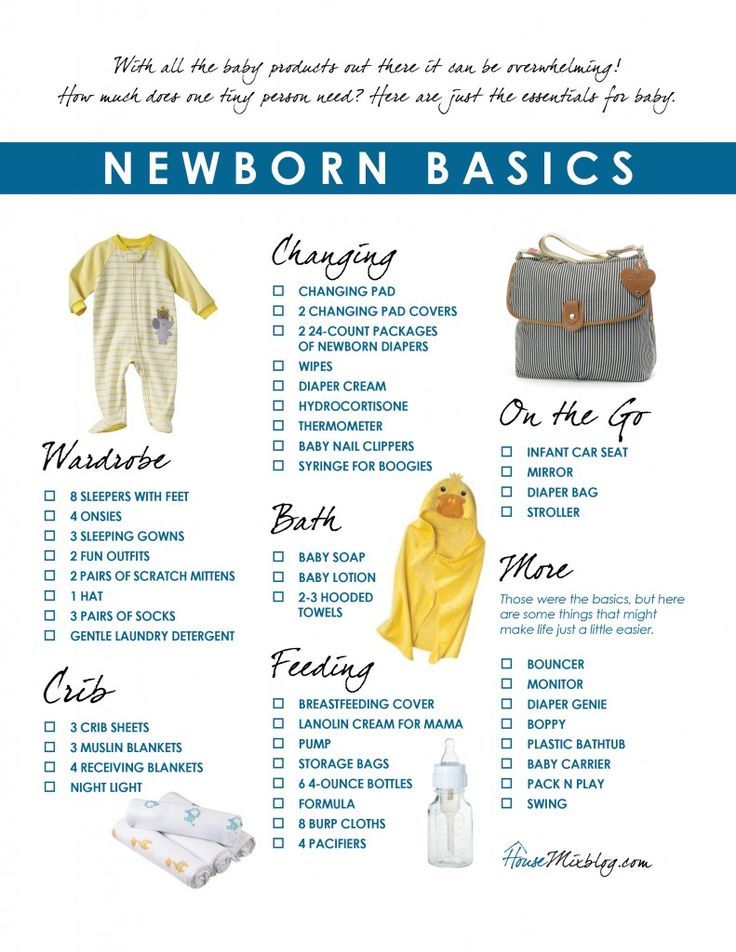 (2019). California Assembly Blue Ribbon Commission on Early Childhood Education: Final report. Retrieved from: https://speaker.asmdc.org/sites/speaker.asmdc.org/files/pdf/BRC-Final-Report.pdf
(2019). California Assembly Blue Ribbon Commission on Early Childhood Education: Final report. Retrieved from: https://speaker.asmdc.org/sites/speaker.asmdc.org/files/pdf/BRC-Final-Report.pdf4. Friedman-Krauss, A., & Barnett, S. (2020). Access to high-quality early education and racial equity. National Institute for Early Education Research. Retrieved from: https://nieer.org/policy-issue/special-report-access-to-high-quality-early-education-and-racial-equity
- How Children Are Faring
-
In 2018, an estimated 61% of California children ages 3-5 were enrolled in preschool or kindergarten, similar to percentages from previous years. An estimated 55% of Hispanic/Latino 3- to 5-year-olds were enrolled in pre-primary programs, compared with more than two-thirds of their African American/black, Asian American, white, and multiracial peers.
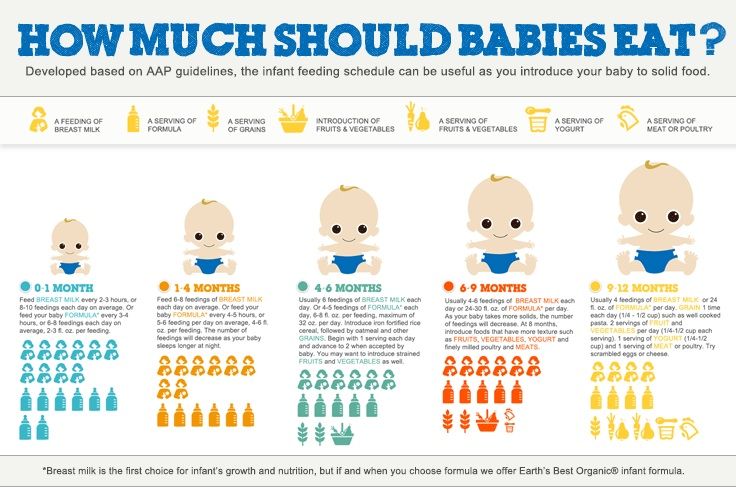 Across counties with data in 2014-2018, the percentage of children in this age group enrolled in preschool or kindergarten ranged from less than 50% (Kern, Tulare) to more than 75% (Marin, San Francisco).
Across counties with data in 2014-2018, the percentage of children in this age group enrolled in preschool or kindergarten ranged from less than 50% (Kern, Tulare) to more than 75% (Marin, San Francisco).California's 36,827 licensed child care centers and family child care homes provided 976,835 child care spaces in 2019. Overall, the number of licensed facilities and spaces have been on the decline since 2008. According to 2019 estimates, there was one licensed child care space available for every four California children ages 0-12 with working parents; in some counties, availability was as low as one in six.
The average annual cost of licensed infant care exceeded $17,000 in child care centers and approached $12,000 in family child care homes in 2018. Care for preschool-age children was less expensive, but still more than $12,000 in child care centers and nearly $11,000 in family child care homes.
- Policy Implications
-
Early childhood is a critical period of biological, cognitive, and social-emotional development (1).
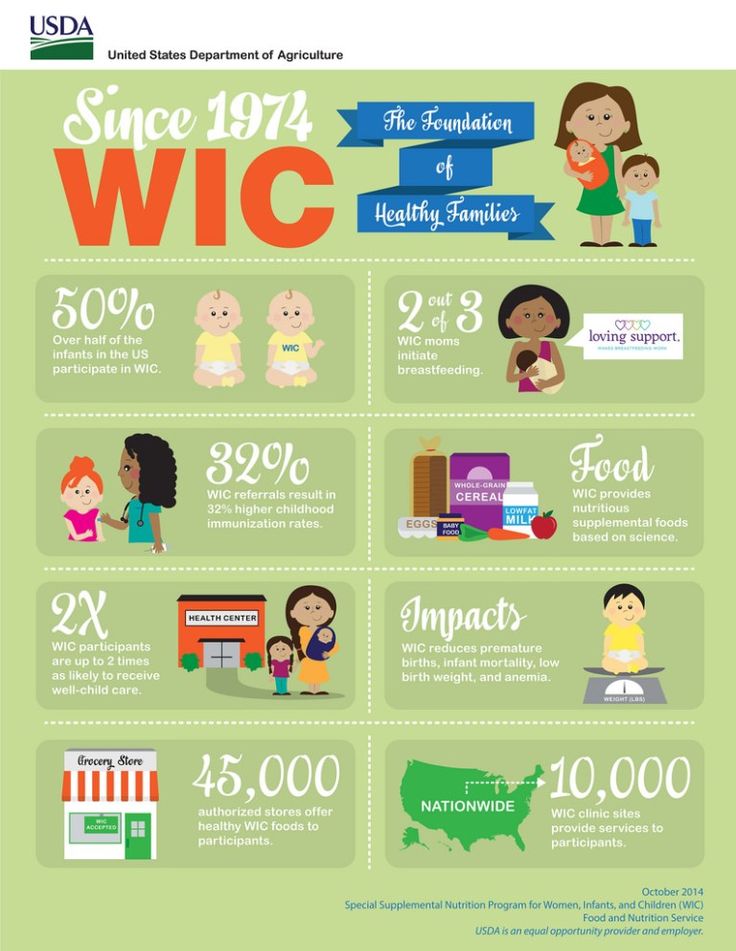 The quality of children's environments and experiences during these years has lasting effects (1). High-quality early care and education (ECE), in particular, can have positive and long-term impacts on children ranging from improved cognitive, emotional, and behavioral functioning to better health, educational attainment, and earnings later in life (1, 2). Without access to high-quality early learning opportunities, children can fall behind their peers, creating disparities in achievement that can widen with age (1, 3). Leaders increasingly see investments in ECE as a way to reduce educational and health inequities by income and race/ethnicity (1, 4, 5). And research shows these investments pay off; for example, it is estimated that every $1 invested in high-quality preschool yields a return of up to $17 in social benefits (4). ECE also plays a critical role in family financial stability, as many parents need child care in order to work or go to school (4).
The quality of children's environments and experiences during these years has lasting effects (1). High-quality early care and education (ECE), in particular, can have positive and long-term impacts on children ranging from improved cognitive, emotional, and behavioral functioning to better health, educational attainment, and earnings later in life (1, 2). Without access to high-quality early learning opportunities, children can fall behind their peers, creating disparities in achievement that can widen with age (1, 3). Leaders increasingly see investments in ECE as a way to reduce educational and health inequities by income and race/ethnicity (1, 4, 5). And research shows these investments pay off; for example, it is estimated that every $1 invested in high-quality preschool yields a return of up to $17 in social benefits (4). ECE also plays a critical role in family financial stability, as many parents need child care in order to work or go to school (4).However, a significant number of families have difficulty accessing quality ECE, especially in California, due to a lack of program availability and affordability (3, 4).
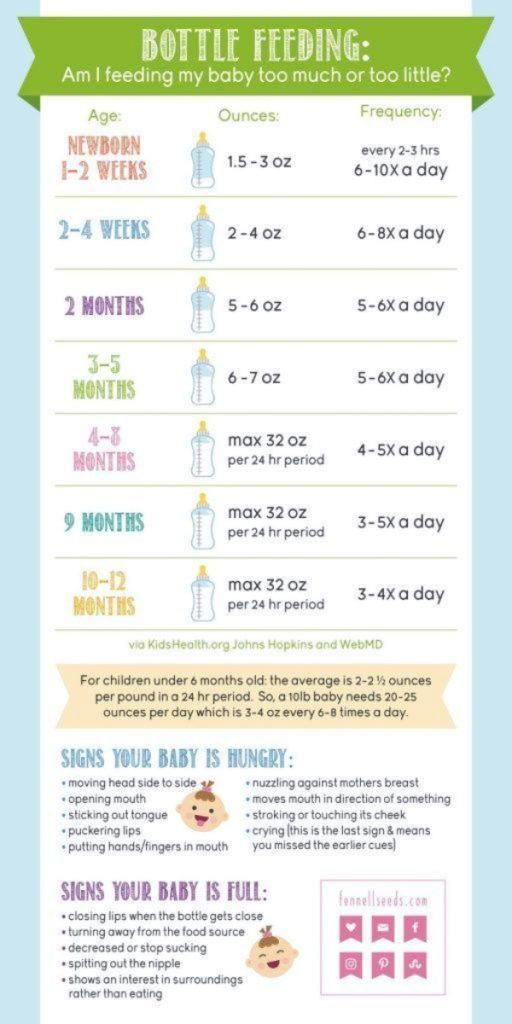 California was ranked the least affordable state for center-based infant care in the nation in 2018, and just 14% of the state's eligible infants and toddlers have access to subsidized child care (2, 3). Although the state has made some progress, California's ECE system remains underfunded and will need additional efforts and investments in order to build a comprehensive, high-quality system that is accessible and affordable to all, while ensuring a skilled and adequately compensated workforce (3, 4).
California was ranked the least affordable state for center-based infant care in the nation in 2018, and just 14% of the state's eligible infants and toddlers have access to subsidized child care (2, 3). Although the state has made some progress, California's ECE system remains underfunded and will need additional efforts and investments in order to build a comprehensive, high-quality system that is accessible and affordable to all, while ensuring a skilled and adequately compensated workforce (3, 4).Policy and program options that could improve ECE include:
- Increasing state funding for ECE, tying funding to program quality and prioritizing care for infants, toddlers, and children with the greatest needs; in particular, substantially expanding child care subsidies and spaces for income-eligible infants and toddlers (3, 4)
- Creating adequate capacity for high-quality, universal preschool for all children ages 3-4, ensuring access for the most vulnerable children; also, ensuring that these programs meet established quality benchmarks, such as student-teacher ratios and professional standards (3, 4)
- Reducing system fragmentation by working toward a streamlined, inclusive state ECE governance body to provide overall leadership, improve program coordination and accountability, and integrate data and funding streams (4)
- Continuing to strengthen California's ECE quality improvement and standards systems, and making sure that all publicly-funded programs participate in a continuous improvement process and have access to coaching or other program support (4)
- Strengthening the state's ECE workforce infrastructure to elevate the profession, provide clear pathways for career advancement, improve reimbursement rates to increase wages, and ensure that all providers receive coordinated, standardized, high-quality professional training and support (3, 4)
- Ensuring that all California children receive a developmental screening and have access to quality early intervention services or other support services as needed; also, improving alignment and transitions between systems for infants and toddlers, preschoolers, and K-12 students, especially for students with special needs (3, 4)
For more information, see kidsdata.
 org’s Research & Links section or visit the California Child Care Resource and Referral Network. Also see Policy Implications under Family Economics and Education topics on kidsdata.org.
org’s Research & Links section or visit the California Child Care Resource and Referral Network. Also see Policy Implications under Family Economics and Education topics on kidsdata.org.Sources for this narrative:
1. National Academies of Sciences, Engineering, and Medicine. (2019). Vibrant and healthy kids: Aligning science, practice, and policy to advance health equity. National Academies Press. Retrieved from: https://www.nap.edu/catalog/25466/vibrant-and-healthy-kids-aligning-science-practice-and-policy-to
2. Child Care Aware of America. (2019). The U.S. and the high price of child care: An examination of a broken system. Retrieved from: https://www.childcareaware.org/our-issues/research/the-us-and-the-high-price-of-child-care-2019
3. Children Now. (2020). 2020 California children's report card: A survey of kids' well-being and a roadmap for the future. Retrieved from: https://www.childrennow.org/portfolio-posts/20-report-card
4.
 California Assembly Blue Ribbon Commission on Early Childhood Education. (2019). California Assembly Blue Ribbon Commission on Early Childhood Education: Final report. Retrieved from: https://speaker.asmdc.org/sites/speaker.asmdc.org/files/pdf/BRC-Final-Report.pdf
California Assembly Blue Ribbon Commission on Early Childhood Education. (2019). California Assembly Blue Ribbon Commission on Early Childhood Education: Final report. Retrieved from: https://speaker.asmdc.org/sites/speaker.asmdc.org/files/pdf/BRC-Final-Report.pdf5. Friedman-Krauss, A., & Barnett, S. (2020). Access to high-quality early education and racial equity. National Institute for Early Education Research. Retrieved from: https://nieer.org/policy-issue/special-report-access-to-high-quality-early-education-and-racial-equity
- Research & Links
-
- Websites with Related Information
-
- California Budget and Policy Center: Child Care and Preschool
- California Child Care Resource and Referral Network
-
California Education GPS. Alliance for Continuous Improvement.
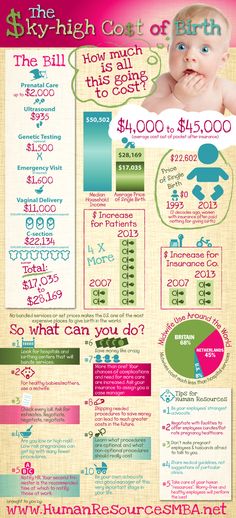
- California School Boards Association: Governance and Policy Resources
- Center for Law and Social Policy (CLASP): Child Care and Early Education
- Center for the Study of Child Care Employment. UC Berkeley Institute for Research on Labor and Employment.
- Child Trends: Early Childhood
- IssueLab: Children and Youth. Foundation Center.
- MDRC: Child Care and Early Education
- National Association for the Education of Young Children
- National Center for Children in Poverty. Bank Street Graduate School of Education.
- National Institute for Early Education Research. Rutgers Graduate School of Education.
- Stanford Center for Education Policy Analysis
- The Early Learning Lab
-
U.
 S. Dept. of Health and Human Services, Administration for Children and Families: Office of Child Care
S. Dept. of Health and Human Services, Administration for Children and Families: Office of Child Care
- Zero to Three
- Key Reports and Research
-
- 2022 California Children's Report Card. Children Now.
- Access to High-Quality Early Education and Racial Equity. (2020). National Institute for Early Education Research. Friedman-Krauss, A., & Barnett, S.
- An Update on the Portrait of Promise: Demographic Report on Health and Mental Health Equity in California. (2020). California Dept. of Public Health, Office of Health Equity.
- Building an Early Learning System that Works: Next Steps for California. (2018). Learning Policy Institute. Melnick, H., et al.
-
California Assembly Blue Ribbon Commission on Early Childhood Education: Final Report.
 (2019).
(2019).
- Early Childhood Education in California. (2018). Getting Down to Facts II. Stipek, D.
- Equity in Early Childhood Systems: A Community Action Brief. (2019). Center for the Study of Social Policy & National Collaborative for Infants and Toddlers.
- Kids' Share: Analyzing Federal Expenditures on Children. Urban Institute.
- Mitigating the Effects of Trauma Among Young Children of Immigrants and Refugees: The Role of Early Childhood Programs. (2019). Migration Policy Institute. Park, M., & Katsiaficas, C.
- Quality Early Education and Child Care from Birth to Kindergarten. (2017). Pediatrics. Donoghue, E. A., & American Academy of Pediatrics Council on Early Childhood.
- School Readiness. (2019). Pediatrics Williams, P. G., et al.
-
Starting Early: Education from Prekindergarten to Third Grade.
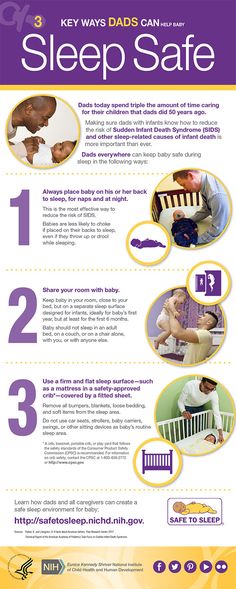 (2016). The Future of Children.
(2016). The Future of Children.
- State Preschool Yearbook. National Institute for Early Education Research.
- The High Cost of Child Care Underscores the Need for Supporting Families With Children of All Ages. (2019). California Budget and Policy Center. Schumacher, K.
- Transforming the Financing of Early Care and Education. (2018). National Academies of Sciences, Engineering, and Medicine.
- Using Data to Support a Comprehensive System of Early Learning and Care in California. (2020). SRI International. Coffey, M., et al.
- Vibrant and Healthy Kids: Aligning Science, Practice, and Policy to Advance Health Equity. (2019). National Academies Press. National Academies of Sciences, Engineering, and Medicine.
- County/Regional Reports
-
-
2020-21 California County Scorecard of Children's Well-Being.
 Children Now.
Children Now.
- Annual Report on the Conditions of Children in Orange County. Orange County Children's Partnership.
- Community Health Improvement Plan for Los Angeles County. Los Angeles County Dept. of Public Health.
- Early Care and Education: A Vital Resource for Strengthening Families. Connecting the Dots: Snapshots of Child Well-Being in Los Angeles County. Children's Data Network.
- Eliminating the Burden of Preschool Costs: Modeling the Impacts of Universal Preschool on Family and Community Wellbeing, Santa Clara County. (2022). Joint Venture Silicon Valley, Institute for Regional Studies. Massaro, R., & Young, H.
- Key Indicators of Health by Service Planning Area. (2017). Los Angeles County Dept. of Public Health.
-
Live Well San Diego Report Card on Children, Families, and Community.
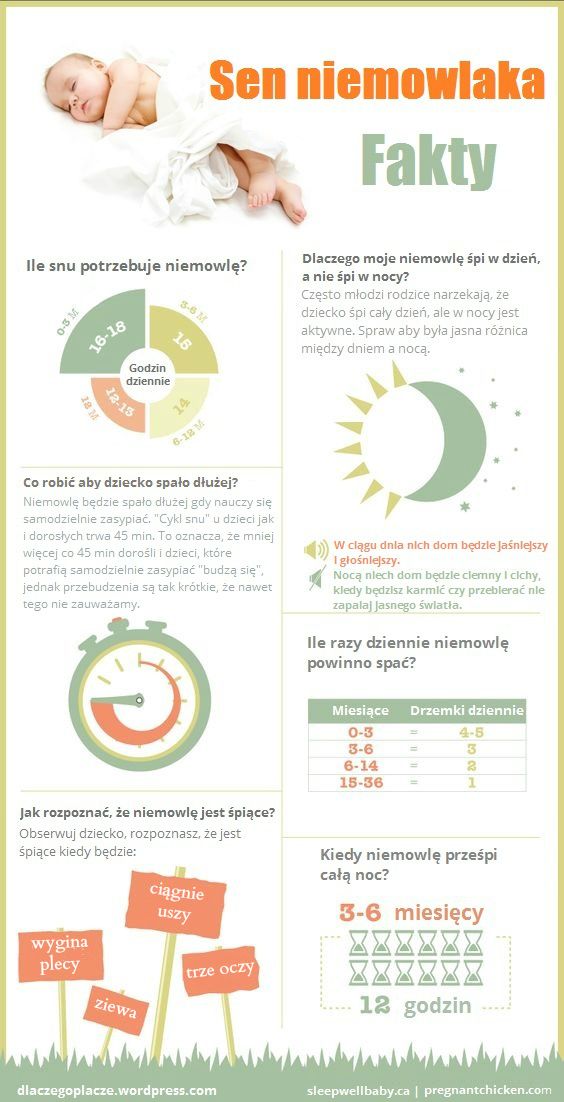 San Diego Children’s Initiative.
San Diego Children’s Initiative.
- Pathway to Progress: Indicators of Young Child Well-Being in Los Angeles County. First 5 LA.
- Santa Monica Youth Wellbeing Report Card. Santa Monica Cradle to Career.
- School Readiness in Alameda County. (2015). First 5 Alameda County & Interagency Children’s Policy Council. Applied Survey Research.
- School Readiness in San Francisco, 2015-16. First 5 San Francisco & San Francisco Unified School District. Applied Survey Research.
-
2020-21 California County Scorecard of Children's Well-Being.
- More Data Sources For Early Care and Education
-
- 2022 KIDS COUNT Data Book: State Trends in Child Well-Being. Annie E. Casey Foundation.
- California Child Care Portfolio. California Child Care Resource and Referral Network.
-
California Health Interview Survey.
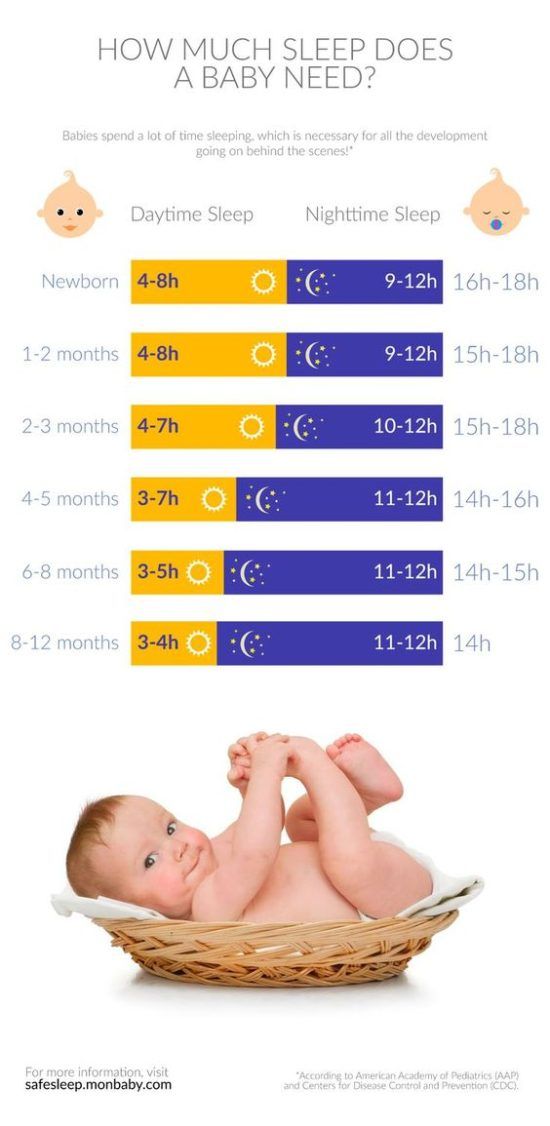 UCLA Center for Health Policy Research.
UCLA Center for Health Policy Research.
- Catalyzing Growth: Using Data to Change Child Care. Child Care Aware of America.
- National Center for Education Statistics: Data Tools. U.S. Dept. of Education, Institute of Education Sciences.
- National Survey of Children's Health. Child and Adolescent Health Measurement Initiative.
- State Assembly Districts
- State Senate Districts
- U.S. Congressional Districts
Note: These data represent the most recent legislative district boundaries.
© 2023 Population Reference Bureau. (800) 877-9881
Article 17.2. Deadlines for assigning state benefits to citizens with children \ ConsultantPlus
The amounts of benefits established by this law have been changed due to indexation. See Help Information for indexed benefit amounts.
See Help Information for indexed benefit amounts.
Article 17.2. Deadlines for assigning state benefits to citizens with children
(as amended by Federal Law No. 207-FZ of 05.12.2006)
(see the text in the previous edition)
Maternity allowance, one-time allowance for the birth of a child, monthly child care allowance, as well as a one-time allowance for the transfer of a child to be raised in a family, are assigned if the application was followed no later than six months, respectively, from the date of the end of the maternity leave, from the date of the birth of the child, from the day the child reaches the age of one and a half years , from the day the court decision on adoption comes into force, or from the day the guardianship and guardianship authority makes a decision to establish guardianship (guardianship), or from the date of the conclusion of an agreement on the transfer of a child for upbringing to a foster family, and a one-time allowance to the pregnant wife of a serviceman undergoing military service by conscription, and a monthly allowance for the child of a soldier undergoing about military service by conscription - no later than six months from the date of completion of military service by military conscription.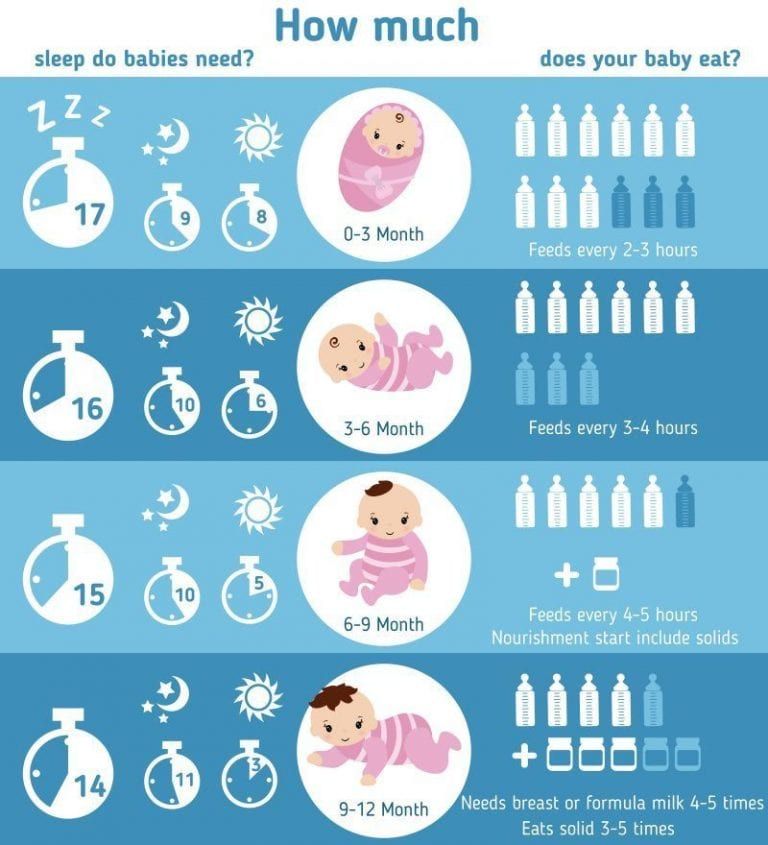 nine0003
nine0003
(as amended by Federal Laws No. 233-FZ of 25.10.2007, No. 129-FZ of 07.06.2013, No. 151-FZ of 26.05.2021)
(see the text in the previous version)
child care allowance is paid for the entire period during which the person caring for the child was entitled to the said allowance, in the amount provided for by the legislation of the Russian Federation for the relevant period.
The day of applying for a one-time allowance when a child is placed in a family is considered the day of acceptance (registration) by the body authorized to assign and pay a lump-sum allowance when a child is placed in a family, applications for the appointment of a lump-sum allowance when a child is placed in a family with all necessary documents. nine0003
(Part three was introduced by Federal Law No. 27-FZ of 07.03.2011)
indicated on the postmark of the federal postal organization at the place of sending this application.
(Part four was introduced by Federal Law No.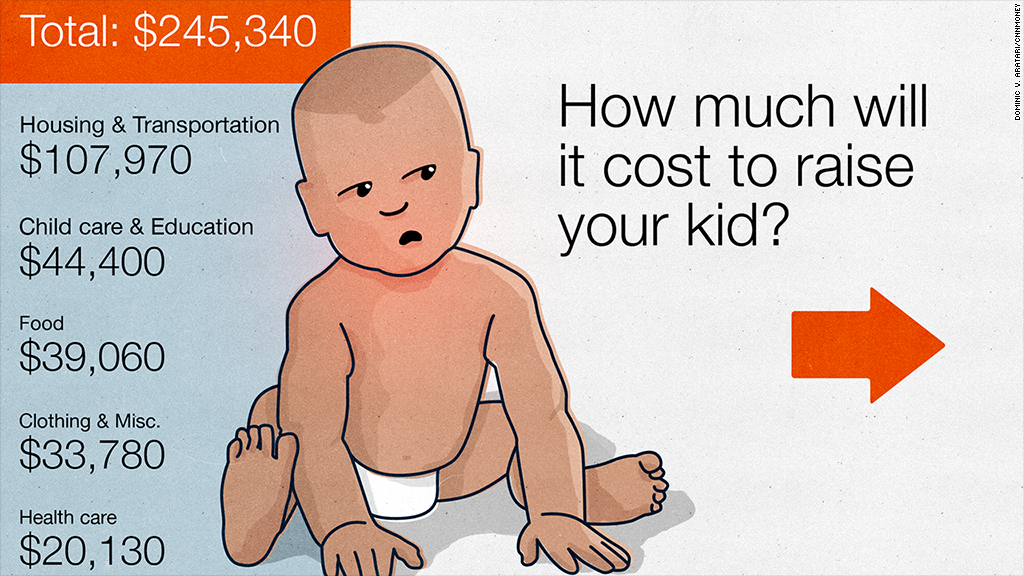 27-FZ of 07.03.2011)
27-FZ of 07.03.2011)
If not all the necessary documents are attached to the said application, the body authorized to assign and pay a lump-sum allowance when a child is transferred to a family, gives to the person who applied for a one-time allowance when transferring a child to a family, a written explanation of what documents should be submitted additionally. If such documents are submitted no later than six months from the date of receipt of the relevant explanation, the day of applying for a one-time allowance when transferring a child to a family is considered the day of receipt (registration) of an application for the appointment of a lump-sum allowance when transferring a child to a family or the date indicated on the postmark of the federal postal organization at the place of sending this application. nine0003
(Part five was introduced by Federal Law No. 27-FZ of 07.03.2011)
Article 13. Procedure for the appointment and payment of insurance coverage \ ConsultantPlus
Article 13. Procedure for the appointment and payment of insurance coverage
Procedure for the appointment and payment of insurance coverage
(as amended by the Federal Law of 04/30/2021 N 126-FZ (as amended on 05/26/2021))
(see the text in the previous edition)
Federal law, when the payment of benefits for temporary disability is carried out at the expense of the insured), for pregnancy and childbirth, a lump sum allowance for the birth of a child, a monthly allowance for child care are carried out by the insurer. nine0003
agreement on the alienation of the exclusive right to works of science, literature, art, a publishing license agreement, a license agreement on granting the right to use a work of science, literature, art) at the time of the occurrence of the insured event was occupied by several policyholders and in the two previous calendar years was occupied by the same of insurers, benefits for temporary disability, for pregnancy and childbirth are assigned and paid to him by the insurer for each of the insurers with whom the insured person is employed at the time of the insured event, and the monthly allowance for child care for one of the insurers, for the cat The majority of the insured person is employed at the time of the occurrence of the insured event, at the choice of the insured person and is calculated based on the average earnings determined in accordance with Article 14 of this Federal Law for the time of work (service, other activities) with the insured for which the benefit is assigned and paid. nine0003
nine0003
(as amended by Federal Law No. 237-FZ of July 14, 2022)
(see the text in the previous edition)
are the performance of works and (or) the provision of services, an agreement of an author's order or an author of works receiving payments and other remuneration under an agreement on the alienation of the exclusive right to works of science, literature, art, a publishing license agreement, a license agreement on granting the right to use a work of science, literature, art) at the time of the insured event is employed by several insurers, and in the previous two calendar years it was employed by other insurers (another insured), temporary disability benefits, pregnancy and childbirth benefits, monthly allowance for child care are assigned and paid to him insurer under one of Art. insured person, with whom the insured person is employed at the time of the occurrence of the insured event, at the choice of the insured person. nine0003
(as amended by Federal Law No.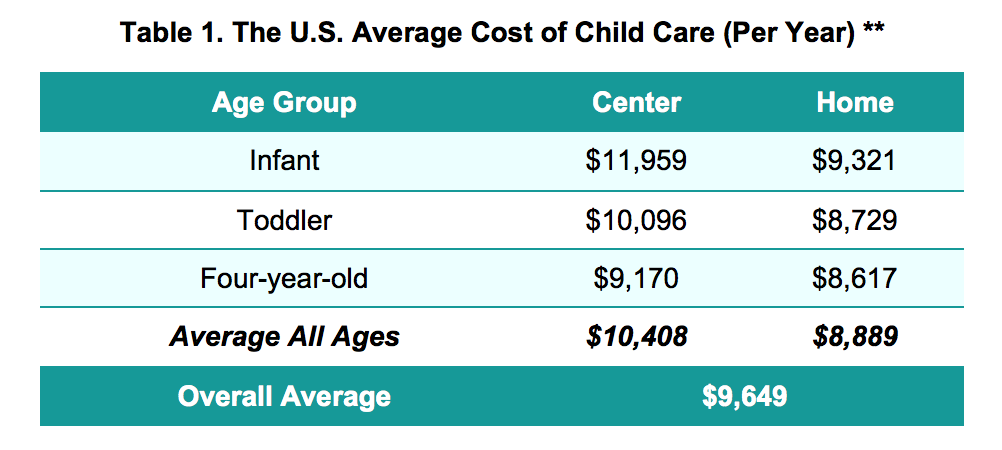 237-FZ of July 14, 2022)
237-FZ of July 14, 2022)
(see the text in the previous edition)
are the performance of works and (or) the provision of services, an agreement of an author's order or an author of works receiving payments and other remuneration under an agreement on the alienation of the exclusive right to works of science, literature, art, a publishing license agreement, a license agreement on granting the right to use a work of science, literature, art) at the time of the occurrence of the insured event was employed by several insurers, and in the two previous calendar years it was employed by both these and other insurers (another insured), benefits for temporary disability, for pregnancy and childbirth are assigned and paid to him by the insurer or in accordance with part 2 of this th article for each of the policyholders with whom the insured person is employed at the time of the insured event, based on the average earnings for the time of work (service, other activities) with the policyholder for which the benefit is assigned and paid, or in accordance with part 3 of this article for to one of the policyholders with whom the insured person is employed at the time of the occurrence of the insured event, at the choice of the insured person.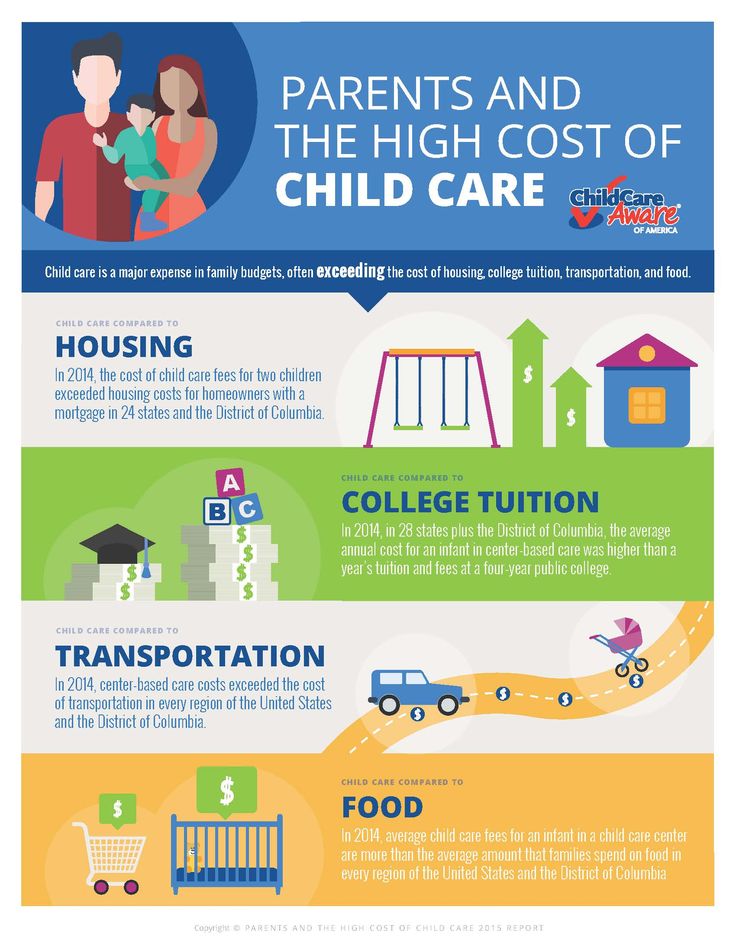 nine0003
nine0003
(as amended by Federal Law No. 237-FZ of July 14, 2022)
(see the text in the previous edition)
4.1. If the insured person working under a civil law contract, the subject of which is the performance of works and (or) the provision of services, or under an author's order agreement, or who is the author of works, receiving payments and other remuneration under an agreement on the alienation of the exclusive right to works science, literature, art, publishing license agreement, license agreement on granting the right to use a work of science, literature, art, at the time of the insured event, employed under the specified agreements with several insurers, benefits for temporary disability, for pregnancy and childbirth, monthly allowance for care for the child are assigned and paid to him by the insurer for one of the insurers, with whom the insured person is employed under the specified contracts at the time of the insured event, at the choice of the insured person. nine0003
nine0003
(Part 4.1 was introduced by Federal Law No. 237-FZ of July 14, 2022)
4.2. If an insured person working under a civil law contract, the subject of which is the performance of work and (or) the provision of services, or under an author's order contract, or who is the author of works, receiving payments and other remuneration under an agreement on the alienation of the exclusive right to works of science, literature , art, publishing license agreement, license agreement on granting the right to use a work of science, literature, art, at the time of the occurrence of an insured event is employed by another insurant (other insurers) under an employment contract or other activities during which it is subject to compulsory social insurance in case temporary disability and in connection with motherhood, benefits for temporary disability, pregnancy and childbirth are assigned and paid to him by the insurer for the insured, for whom the insured person is employed under an employment contract or other activity during which it is subject to compulsory social insurance in case of temporary disability and in connection with motherhood, or for each such insurant in accordance with parts 2 and 4 of this article and for one of the insurers in accordance with part 4.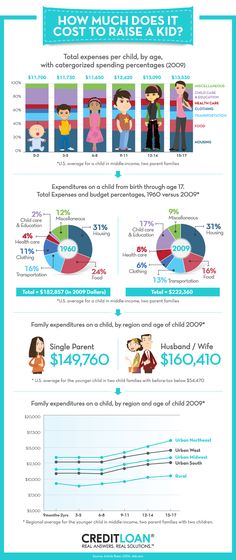 1 of this article, and a monthly allowance for child care is assigned and is paid to him by the insurer for one of the insurers, who employed the insured person at the time of the insured event, at the choice of the insured person. nine0003
1 of this article, and a monthly allowance for child care is assigned and is paid to him by the insurer for one of the insurers, who employed the insured person at the time of the insured event, at the choice of the insured person. nine0003
(Part 4.2 was introduced by Federal Law No. 237-FZ of July 14, 2022)
, during which it was subject to compulsory social insurance in case of temporary disability and in connection with motherhood, the temporary disability benefit is assigned and paid by the insurer for the insured for whom such work or activity was carried out. nine0003
6. The basis for the appointment and payment of benefits for temporary disability, pregnancy and childbirth is a certificate of incapacity for work, formed by a medical organization and placed in the information system of the insurer in the form of an electronic document, signed using an enhanced qualified electronic signature by a medical worker and a medical organization, if otherwise not established by this Federal Law.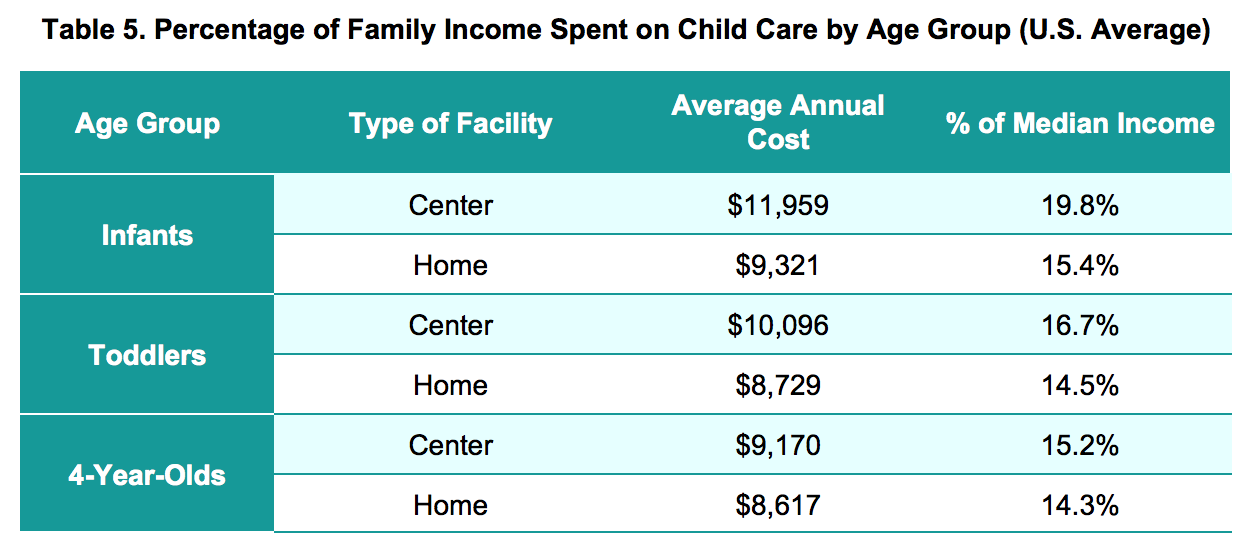 The conditions and procedure for the formation of sick leave certificates in the form of an electronic document are established by the federal executive body responsible for the development and implementation of state policy and legal regulation in the field of healthcare, in agreement with the federal executive body responsible for developing state policy and regulatory legal regulation in the field of social insurance, and the Pension and Social Insurance Fund of the Russian Federation. The procedure for information interaction between the insurer, policyholders, medical organizations and federal state institutions of medical and social expertise for the exchange of information in order to form a sick leave certificate in the form of an electronic document is approved by the Government of the Russian Federation. nine0003
The conditions and procedure for the formation of sick leave certificates in the form of an electronic document are established by the federal executive body responsible for the development and implementation of state policy and legal regulation in the field of healthcare, in agreement with the federal executive body responsible for developing state policy and regulatory legal regulation in the field of social insurance, and the Pension and Social Insurance Fund of the Russian Federation. The procedure for information interaction between the insurer, policyholders, medical organizations and federal state institutions of medical and social expertise for the exchange of information in order to form a sick leave certificate in the form of an electronic document is approved by the Government of the Russian Federation. nine0003
(as amended by the Federal Law of July 14, 2022 N 237-FZ)
(see the text in the previous edition)
The form of the statement is approved by the insurer.
8. Insurers, no later than three working days from the date of receipt of data on a closed certificate of incapacity for work, formed in the form of an electronic document, transfer to the information system of the insurer, as part of the information for the formation of an electronic certificate of incapacity for work, the information necessary for the appointment and payment of benefits for temporary disability, for pregnancy and childbirth, signed using an enhanced qualified electronic signature, unless otherwise provided by this article. nine0003
(as amended by the Federal Law of February 25, 2022 N 18-FZ)
(see the text in the previous edition)
register of civil status records, and information requested by the insurer in accordance with Part 1 of Article 4.2 of this Federal Law.
10. The basis for assigning and paying a monthly child care allowance to the insured persons specified in Part 1 of Article 2 of this Federal Law is the application of the insured person for the appointment of a monthly child care allowance, which is submitted to the policyholder simultaneously with the insured person's application for granting parental leave until the child reaches the age of three years.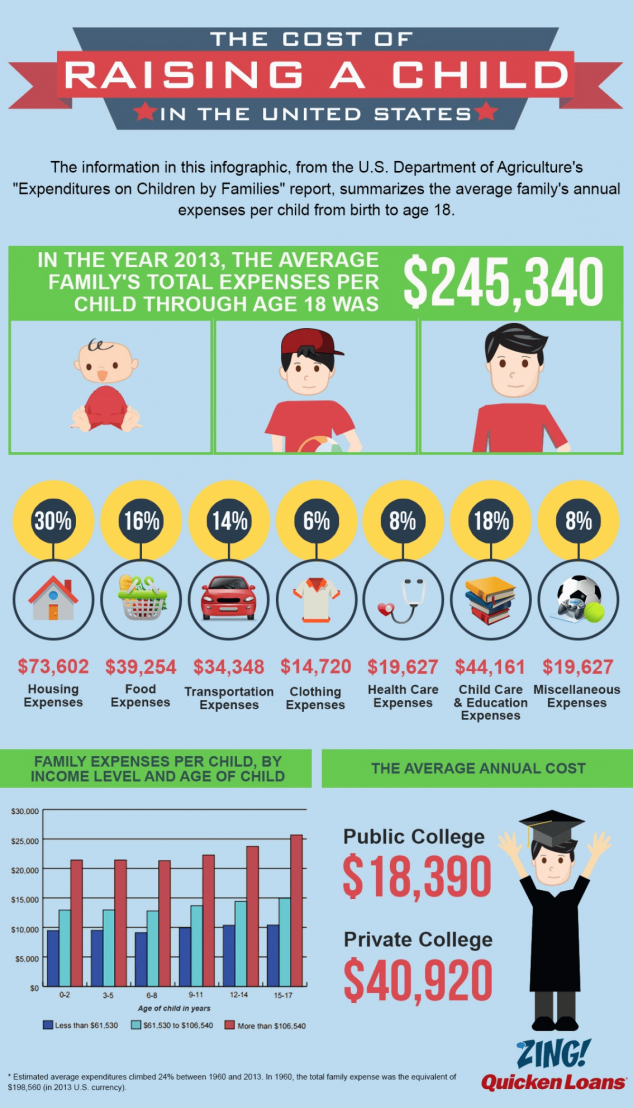 The application form for the appointment of a monthly allowance for child care is approved by the insurer in agreement with the federal executive body responsible for developing state policy and legal regulation in the field of social insurance. The insured person, who at the time of the occurrence of the insured event is employed by several insurers, when submitting an application to one of the insurers for the appointment of a monthly child care allowance, confirms the choice of the insurant, according to which the insurer will assign and pay a monthly child care allowance. nine0003
The application form for the appointment of a monthly allowance for child care is approved by the insurer in agreement with the federal executive body responsible for developing state policy and legal regulation in the field of social insurance. The insured person, who at the time of the occurrence of the insured event is employed by several insurers, when submitting an application to one of the insurers for the appointment of a monthly child care allowance, confirms the choice of the insurant, according to which the insurer will assign and pay a monthly child care allowance. nine0003
11. Insured persons submit the information necessary for the appointment of a monthly child care allowance to the territorial body of the insurer at the place of their registration no later than three working days from the date of submission by the insured person of an application for the appointment of a monthly allowance for child care, unless otherwise not established by this article.
(as amended by Federal Law No.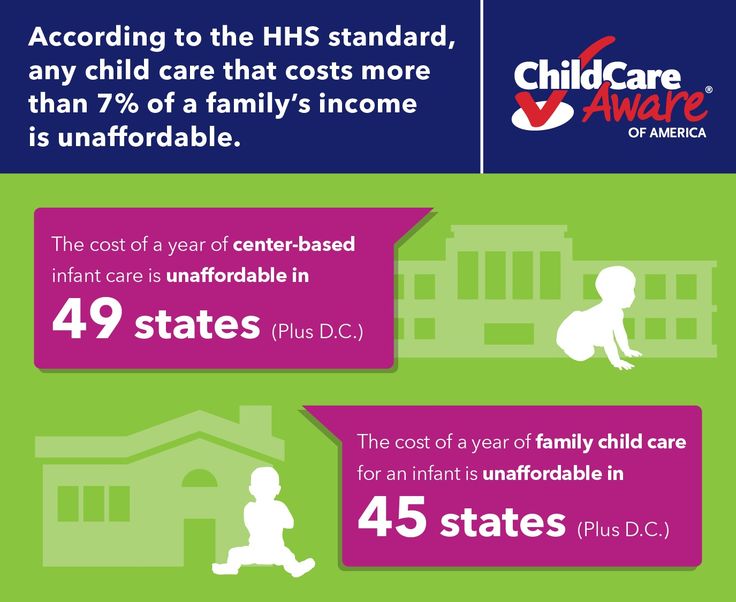 18-FZ of February 25, 2022)
18-FZ of February 25, 2022)
(see the text in the previous edition)
11.1. Insurers applying the special tax regime "Automated Simplified Taxation System", no later than one working day from the date of submission by the insured person of an application for the appointment of a monthly child care allowance, send to the insurer in electronic form, including through the personal account of the taxpayer, information about application submitted by the insured person. nine0003
(Part 11.1 was introduced by Federal Law No. 18-FZ of February 25, 2022)
when he became aware of the occurrence of such circumstances, sends a notice to the territorial body of the insurer at the place of his registration on the termination of the right of the insured person to receive a monthly child care allowance. nine0003
13. Upon employment or during the period of employment, service, other activities, the insured person shall provide the insured person at the place of work (service, other activity) with information about himself necessary for the insurant and the insurer to pay insurance coverage (hereinafter referred to as information about the insured person), the list of which is contained in the form approved by the insurer.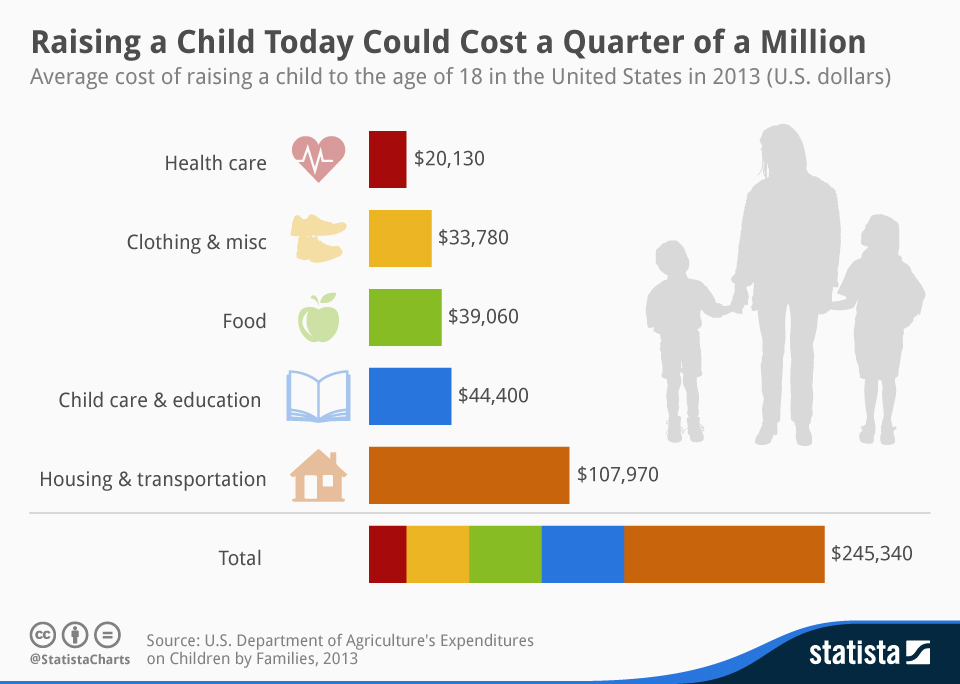 Information about the insured person is drawn up on paper or in the form of an electronic document. nine0003
Information about the insured person is drawn up on paper or in the form of an electronic document. nine0003
14. The insured person is obliged to notify the policyholder in a timely manner of changes in the information specified in paragraph 13 of this article.
15. Information about the insured person received by the policyholder shall be transferred by him to the territorial body of the insurer at the place of his registration no later than three working days from the date of their receipt.
16. Assignment and payment of insurance coverage are carried out by the insurer on the basis of information and documents submitted by the insured, information available to the insurer, as well as information and documents requested by the insurer from state bodies, local governments or subordinate to state bodies or local governments organizations. nine0003
using a unified system of interdepartmental electronic interaction are established by the Government of the Russian Federation.
18. The procedure and conditions for the submission by the insured in electronic form of information and documents necessary for the appointment and payment of insurance coverage to insured persons are established by the insurer in agreement with the federal executive body responsible for developing state policy and legal regulation in the field of social insurance. The formats for the submission by the insured in electronic form of the specified information and documents are established by the insurer. nine0003
19. In the event that the insurant ceases to operate or if it is impossible to establish its actual location on the day the insured person applies for benefits for temporary disability, pregnancy and childbirth, a one-time allowance for the birth of a child, a monthly allowance for child care, appointment and payment the specified types of insurance coverage (with the exception of temporary disability benefits paid at the expense of the insured in accordance with Clause 1 of Part 2 of Article 3 of this Federal Law) are carried out by the insurer on the basis of information and documents submitted by the insured person, information available to the insurer, and also information and documents requested by the insurer from state bodies, local governments or organizations subordinate to state bodies or local governments.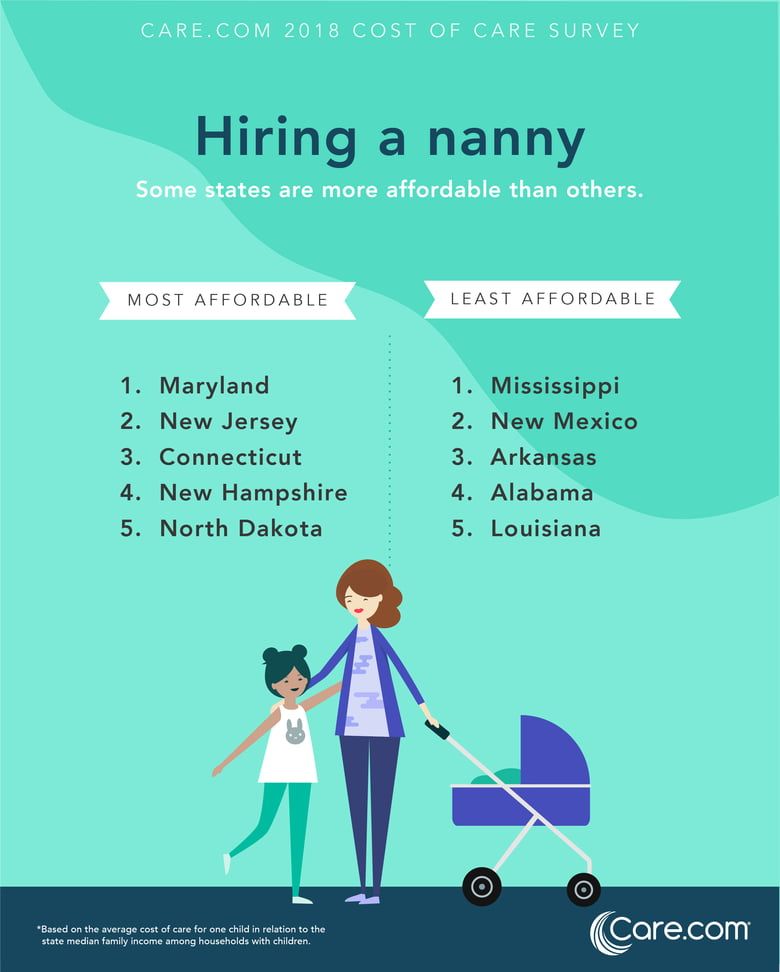 nine0003
nine0003
20. If the information and documents necessary for the appointment and payment of insurance coverage are not provided to the insurer in full, the insurer, within five working days from the date of their receipt, sends the policyholder or, in the case specified in paragraph 19 of this article, the insured person a notice on submission of missing information or documents in the form approved by the insurer. The policyholder or the insured person, upon receipt of the said notice, shall submit to the insurer the missing information and documents within five working days from the date of receipt of the notice. nine0003
with motherhood in relation to the deceased on the day of his death or in relation to one of the parents (other legal representative) or other family member of the deceased minor on the day of death of this minor, and in the cases provided for by part 23 of this article, by the insurer. nine0003
22. If the insured person was employed by several policyholders at the time of the occurrence of the insured event, the social benefit for burial is assigned and paid by one of the policyholders at the choice of the person who applied for such benefit.
23. If it is not possible for the insured to pay social benefits for burial due to the termination of his activities or insufficient funds in his accounts with credit institutions, or if it is not possible to establish the location of the insured and his property, which may be levied , if there is a court decision that has entered into legal force establishing the fact that such an insurer did not pay benefits to a person entitled to receive it, or if, on the day of the application of a person entitled to receive social benefits for burial, the procedures applied to the insured are carried out in a bankruptcy case, the assignment and payment of social benefits for burial are carried out by the insurer. nine0003
funeral matters are carried out by the territorial body of the insurer at the place of registration of the insured in the manner determined by the insurer in agreement with the federal executive body responsible for developing state policy and legal regulation in the field of social insurance.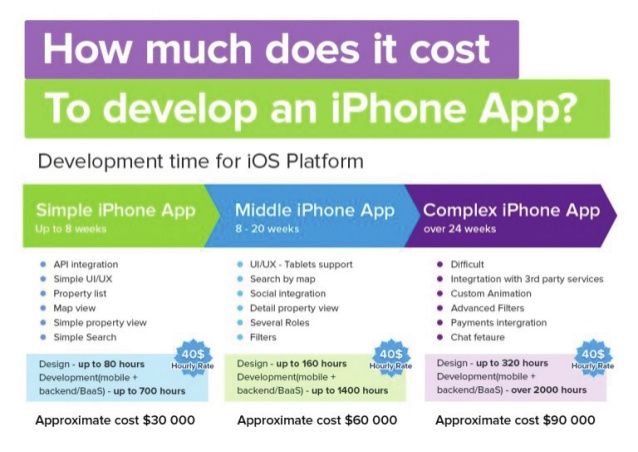 nine0003
nine0003
25. Payment of benefits for temporary disability, for pregnancy and childbirth, a one-time allowance for the birth of a child, a monthly allowance for child care is carried out by the insurer through the organization of the federal postal service, credit or other organization specified in the information about the insured person.
26. Payment for banking services for operations with funds provided for the payment of insurance coverage is not charged.
27. Information on the appointment and payment of insurance coverage is posted by the insurer in the Unified State Social Security Information System in accordance with the Federal Law of July 17, 1999 N 178-FZ "On State Social Assistance".
organization in the form of a document on paper. The specifics of the procedure for assigning and paying insurance coverage to the specified categories of insured persons are established by the federal executive body in charge of developing state policy and legal regulation in the field of social insurance, in agreement with the federal executive bodies in charge of developing and implementing state policy and legal regulation in the established field of activity, other federal state bodies and the Pension and Social Insurance Fund of the Russian Federation.